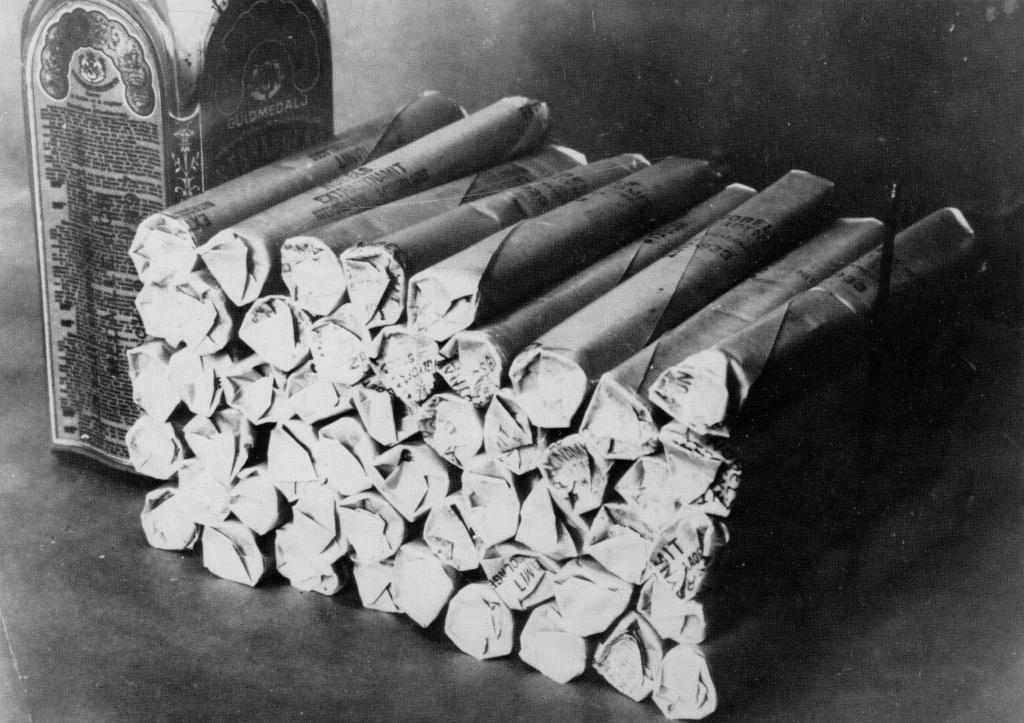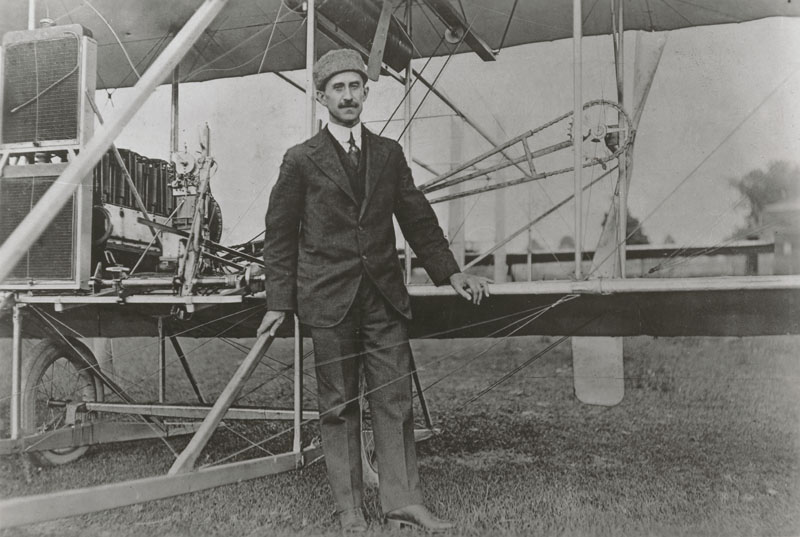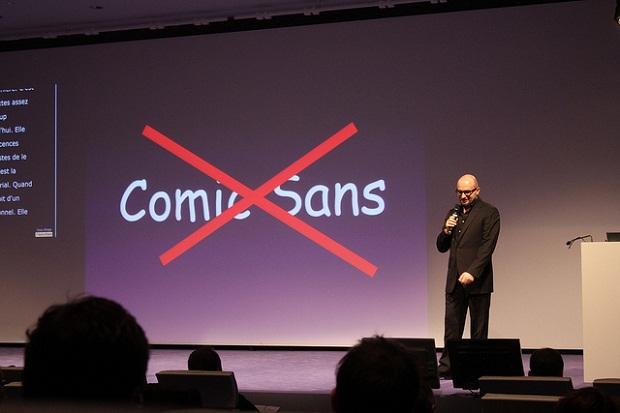Since the beginning of time, man has been inventing things to make our lives easier. But just because a creation turned out to be successful doesn't mean the person who is responsible for it is happy with it.
Lots of inventors have been known to regret their creations because they end up being misused and in some cases they've even cost people their lives.
Here are 11 inventors who lived to regret their inventions:
1. Alfred Nobel - Dynamite

The Swedish chemist may be best known as the creator of the Nobel Peace Prize, but in the 1900s he was associated with violence. Nobel invented dynamite as a safer, more stable alternative to gunpowder, but he never meant for it to be used in war. It is rumored that he launched the peace prize as atonement.
"Perhaps my factories will put an end to war sooner than your congresses: on the day that two army corps can mutually annihilate each other in a second, all civilised nations will surely recoil with horror and disband their troops," said Nobel.
2. Mikhail Kalashnikov - AK-47

Kalashnikov invented the assault rifle for the Soviet Armed Forces during the Second World War so they can protect themselves and lower casualties. However, his weapon has since been used for criminal purposes all over the world and Kalashnikov voiced his regret before he died in 2013.
"The spiritual pain is unbearable," he wrote in a letter addressed to the head of the Russian Orthodox church in 2010. "I keep having the same unsolved question: if my rifle took away people's lives, then can it be that I... am guilty for people's deaths, even if they were enemies?"
3. Wally Conron - Labradoodle

In the 1980s, Conron created the labradoodle, a cross of labrador and poodle. Although he stopped breeding them in late 1990s, the mixed canines are still popular and puppy mills are breeding them on a large scale.
"Instead of breeding out the problems, they're breeding them in. For every perfect one, you're going to find a lot of crazy ones," Conron said about the puppy mills.
"I've done a lot of damage...I've created a lot of problems...There are a lot of unhealthy and abandoned dogs out there," he added.
4. Albert Einstein - Atomic Bomb

Although J. Robert Oppenheimer gets the credit for making the first atomic bomb, it was Albert Einstein who created the formula.
After seeing the damage their work can cause, both Oppenheimer and Einstein spoke out about their regrets. Einstein was famously noted saying "woe is me," upon hearing about the Hiroshima bombing in 1945.
As for Oppenheimer, he had some mixed feelings about this work, "I have no remorse about the making of the bomb... As for how we used it, I understand why it happened and appreciate with what nobility those men with whom I'd worked made their decision. But I do not have the feeling that it was done right. The ultimatum to Japan was full of pious platitudes. ...our government should have acted with more foresight and clarity in telling the world and Japan what the bomb meant," he said.
5. John Sylvain - Coffee Pods

Those K-cups that give us the instant caffeine fix that we love so much were invented by John Sylvan. He simply wanted to make life easy, but instead he thinks he has worsened our addiction.
"I feel bad sometimes that I ever did it," he said. "It's like a cigarette for coffee, a singleserve delivery mechanism for an addictive substance."
Sylvan has also talked about the negative effects his invention has had on the environment and has taken steps to make up for it.
6. Bob Propst - Office Cubicle

Bob Propst had good intentions when he introduced an open office plan using cubicles in the 1960s. It was designed to "give knowledge workers a more flexible, fluid environment than the rat-maze boxes of offices."
It wasn't long before modern corporations started to use cubicles instead of private offices as a way to save money and this pained Propst. He called it a "monolithic insanity."
7. Kamran Loghman - Pepper Spray

Loghman created pepper spray while working with the FBI in the 1980s. He even wrote them a guide to ensure proper use of it, but over the years, there have been countless cases of misuse of the weapon grade spray by police and civilians.
"I have never seen such an inappropriate and improper use of chemical agents," Loghman told the New York Times in 2011 following an incident involving pepper spray at the University of California.
8. Orville Wright - The Airplane

The airplane may be one of the greatest invention by man, but one of its inventors, Orville Wright, has some regrets about his machine.
After seeing the roles planes played in World War I, Wright told the press that "the aeroplane has made war so terrible that I do not believe any country will again care to start a war."
"We [he and Wilbur] dared to hope we had invented something that would bring lasting peace to the earth. But we were wrong."
9. Anna Jarvis - Mother's Day

Devastated by the death of her mother, Anna Jarvis came up with the idea of Mother's Day in 1908 to celebrate her memory. She held the first event at her church and brought along her mother's favorite flower, white carnations.
Retailers, especially the floral industry began to take advantage of this new holiday and soon it became a commercialized event. Jarvis didn't agree with this.
She called these retailers "charlatans, bandits, pirates, racketeers, kidnappers and termites that would undermine with their greed one of the finest, noblest and truest movements and celebrations."
10. Ethan Zuckerman - Pop-Up Ads

If you hate those pop-up ads that always interrupt your browsing, you can blame Ethan Zuckerman for them, but don't be too hard on him because he has apologized.
"I wrote the code to launch the window and run an ad in it. I'm sorry. Our intentions were good."
11. Vincent Connare - Comic Sans

Another recent invention that has angered its creator is the popular Comic Sans typeface. Vincent connare, the brains behind the font that we all love to hate, created it for a children's computer literacy program in 1994. However, with the rise of MS Word, the font began to show up on documents everywhere. Connare thinks it's cringeworthy.
"If you love it, you don't know much about typography," he told the Wall Street Journal, adding, "if you hate it, you really don't know much about typography, either, and you should get another hobby."
